How Airbnb designs product
Joe Gebbia and Brian Chesky, co-founders on how Airbnb designs product
Hello, I’m Felix! Welcome to this week’s ADPList’s Newsletter; 🔒 subscriber-only edition 🔒weekly advice column. Each week, we tackle design, building products, and accelerating careers. If you’re interested in sponsoring this fast-growing community, let’s chat today!
Happy New Year, fellow ADPList subscribers! 👋
Thank you for being a part of ADPList, and giving me this opportunity to serve you by democratizing mentorship for all. We’ve grown so much together and much more ahead together. Thank you for letting us live this dream. ❤️
I hope you continue to dream up with us on this journey!
Q: How Airbnb design amazing experiences
Joe Gebbia, the co-founder of Airbnb, bet his whole company on the belief that people can trust each other enough to stay in one another’s homes. How did he overcome the stranger-danger bias? Through good design. Now, 1 billion hosted nights (and counting) later, Gebbia sets out his dream for a culture of sharing in which design helps foster community and connection instead of isolation and separation.
For Airbnb, trust is everything.
After all, Airbnb requires a leap of faith on both the guest and host sides. You are inviting a stranger under your roof or spending a night in someone else’s home!
This need for a leap of faith makes trust a cornerstone of Airbnb’s design process.
In this article, I’ll be sharing some observations on how Airbnb does it, which includes behind-the-scenes from Airbnb’s designer and Co-founders Brian Chesky and Joe Gebbia.
🎁 FREE Masterclasses to Build a Successful Design Career!
Join these sessions as we interview world-class design, product leaders and career experts to uncover power-packed, actionable insights to help you build a successful career.
Laura Klein (Principal, Users Know & Author, UX for Lean Startups) — “Building Legendary products, Innovation and UX for Startups.” On Jan 18th 👉 Click here to register today!
Irene Au (Design Partner, Khosla Ventures) — “State of Design, Legendary Startups, Evolution of Product Building.” On Jan 24th 👉 Click here to register today!
Jesse Showalter (Designer & Educator, Good Fight Creative Co.) — “Self-Taught Designer, Personal Branding, Building Influence.” On Jan 31st 👉 Click here to register today!
🎁 FREE for the first 1,000 registrations!
Airbnb Designs Product (and win trust)
Design can build trust and overcome stranger-danger bias in the sharing economy, as demonstrated by the success of Airbnb and the importance of reputation over similarity in building trust among strangers.
Let’s learn from Airbnb’s Designer, Charlie Aufmann, about his Behind-the-scenes observations during his time at Airbnb.
Airbnb designs as the “mutual friend”
Imagine your friend invites you to a party, and you don’t know the host. Your friend hasn’t responded to your text. You’re due to meet her there in an hour. Questions run through your mind: Is this a dinner party, or should I eat something first? How many people will be there? Will I know anyone else? What should I wear? Should I bring anything? All of this uncertainty builds to anxiety before you’ve even arrived.
Now imagine you arrive before your friend. You wait outside, too nervous to knock on a stranger’s door. When your friend arrives, you walk in together, but you’re immediately separated. It’s just you, standing in a stranger’s home. You start to feel self-conscious, gazing around for a familiar face while trying to play it cool. “Don’t look desperate,” you tell yourself, just as you notice you’re overdressed. You glance around for a friendly face or a gap in a conversation wide enough to slip into. You switch to plan B, no longer looking for a friendly face, instead hoping for a vacant corner to retreat to.
This is what Airbnb feels like if they don’t do their job.
As product designers, we play the role of the mutual friend who invites you to the party.
“We set the stage, help make the introduction, then get out of the way. And like a good friend, we’re there for you when you need us.” — Airbnb’s Charlie Aufmann
Design for first impressions
One of the biggest design challenges we face is that, because we’re growing so fast, almost half of our guests on a trip are using Airbnb for the first time. First impressions are important for any business, but for us, it makes up a huge portion of all impressions. Not only are these guests new to Airbnb, but they’re new to the whole concept of home sharing. They’re unfamiliar with things they never had to consider with a hotel, such as the importance of constructing an online profile and confirming their name and contact information, or interacting with hosts in a way that’s appropriate for staying in someone’s home.
That’s where we come in.
For example, look at the two profiles on Airbnb below.
Which of these guests would you feel more comfortable inviting into your home? Full profiles go a long way in building trust on the platform. For the folks on Airbnb who don’t have reviews or previous experience they can convey to hosts, it’s extremely important for those users to convey trust in other ways, like customizing their profile and building a basic identity as a member of the community. Building your profile isn’t a task; it’s an opportunity. And it’s our job to highlight that opportunity for our community.
Although Airbnb requires some information from our users to book, we don’t require disclosure. That is, we ask guests to tell us who they are, but it’s up to them to tell us about themselves. We could, of course, enforce this by requiring a certain number of words in the “about me” section of users’ profiles. But that would miss the point entirely.
How does Airbnb design to overcome the stranger-danger bias?
Reputation beats similarity
The similar-to-me effect is a natural human bias that makes us trust people similar to us. The more different someone is from us, the harder it is to trust them.
However, according to Airbnb’s research, we trust people with high reputations more than anyone else. In the case of Airbnb, a high reputation was defined as 10+ positive reviews.
Knowing that Airbnb focused greatly on maximizing both the number and trustworthiness of reviews on the platform.
One of the ways to achieve that is by revealing reviews only after both sides have left one. It incentives both guests and hosts to leave reviews (in order to get one), and makes leaving truthful reviews easier by eliminating the chance of the other side giving you a bad review just because you left a bad one.
Design the sweet spot for disclosure
The right amount of trust takes the right amount of disclosure.
People who disclose too little during their interaction with the host are accepted less often. It’s hard to trust someone who shares so little.
It works the other way around, too. People who are excessively open and share too much in their first interaction can scare off other people.
There’s a sweet spot between sharing too little and sharing too much. Disclosing the right amount of information on the first interaction maximizes trust and the host’s willingness to accept a booking.
But how do you design for the right amount of disclosure? By guiding users. Airbnb does that twofold by:
Text box size: The size of the message box gives a perspective on how long a potential message should be. It encourages writing more than one sentence while showing that it’s not a space for an essay.
Prompts: Instead of leaving users to figure out what to write, Airbnb uses data to analyze what messages with the highest acceptance rate include and further prompts new users to include this information via bullet points.
The Eleven-Star Framework
In a dialogue with Reid Hoffman, Brian Chesky expounded on the concept of the eleven-star framework:
On the internet, especially most marketplace businesses, the paradigm is five stars. So a YouTube video, Airbnb, or Uber, it’s five stars. And the problem with five stars is the only reason you would leave less than five stars is that it was horrible. If you rate an Uber ride four stars, your life might have been in danger. In other words, the bar to get five stars is really low.
“We have to almost design extremely to come backward” — Brian Chesky
Chesky argues that a five-star rating is insufficient. His goal is to create a product so impactful that customers feel compelled to share their experiences and request the ability to give a rating beyond the conventional five stars. He aims to exceed customer expectations at every opportunity, a principle that permeates all aspects of Airbnb’s operations.
In summary
Retaining trust with the public is crucial for a company's brand, and serving the needs of society is key to maintaining that trust.
People's perceptions of safety can influence their trust in a brand, even if it doesn't increase the risk after a certain time.
Designing trust products like Airbnb involves creating deep relationships through small, micro-interactions and understanding the entire end-to-end experience.
That’s all for this week!
Happy New Year, and have a productive week to start your year! 💪
👀 Want to build a successful career in tech?
You can accelerate your career and skills by getting personalized advice from ADPList mentors verified as the World’s Top Experts in Design, Product Management, Software Dev, Marketing, Leadership, and more. Learn alongside your peers and the community — unleash your career potential.
ADPList gives every person the freedom to grow together - by opening doors to mentors worldwide. Join over 195K+ learners and meet your mentor today. We’re on a mission to give the world the freedom to grow together.
If you find this newsletter valuable, share it with a friend, and consider subscribing if you haven’t already. There are Referral Bonus available for our community.
Written with ❤️,
Felix Lee

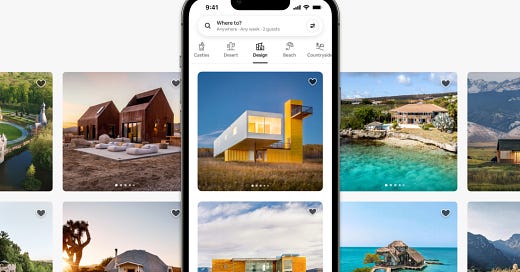




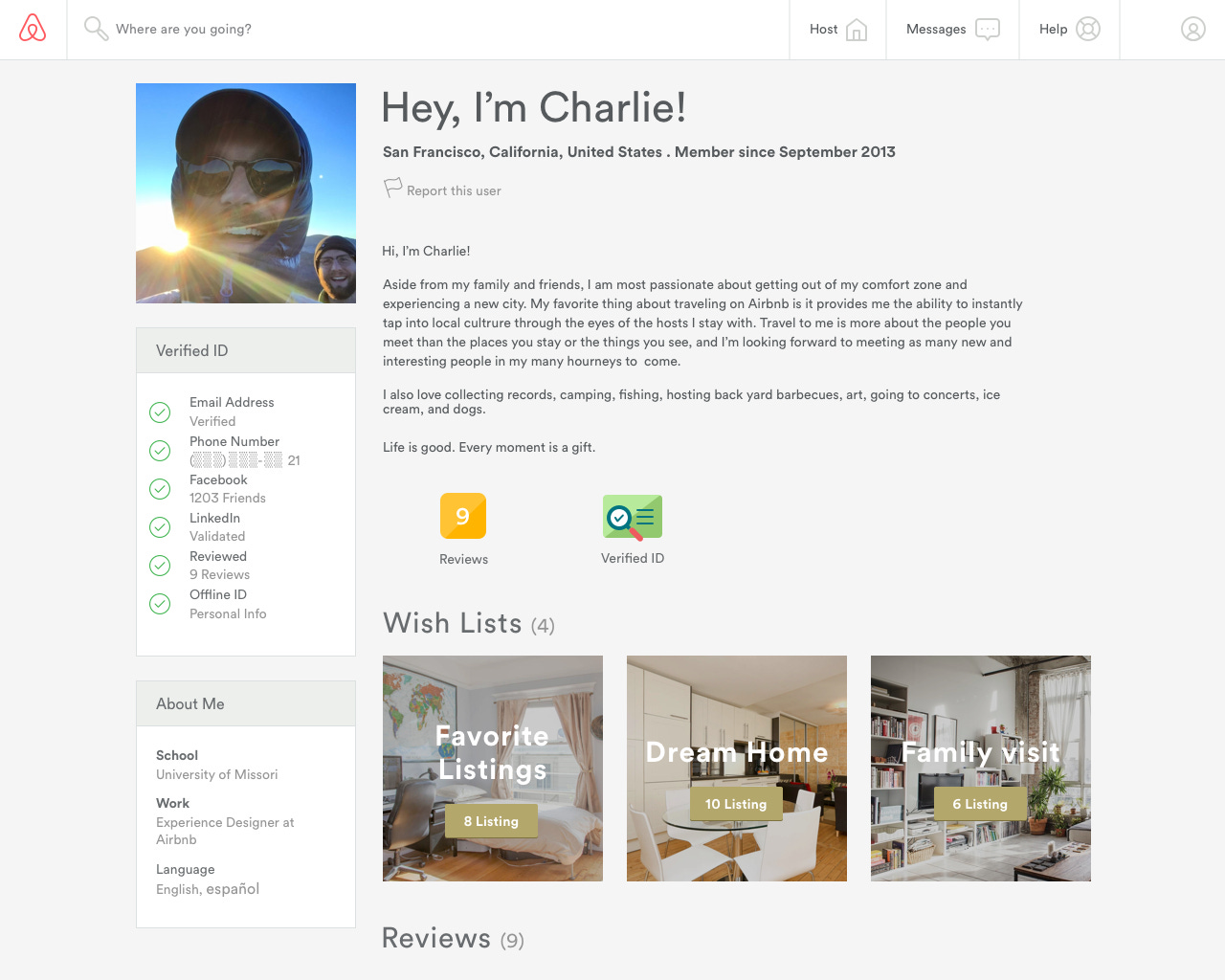
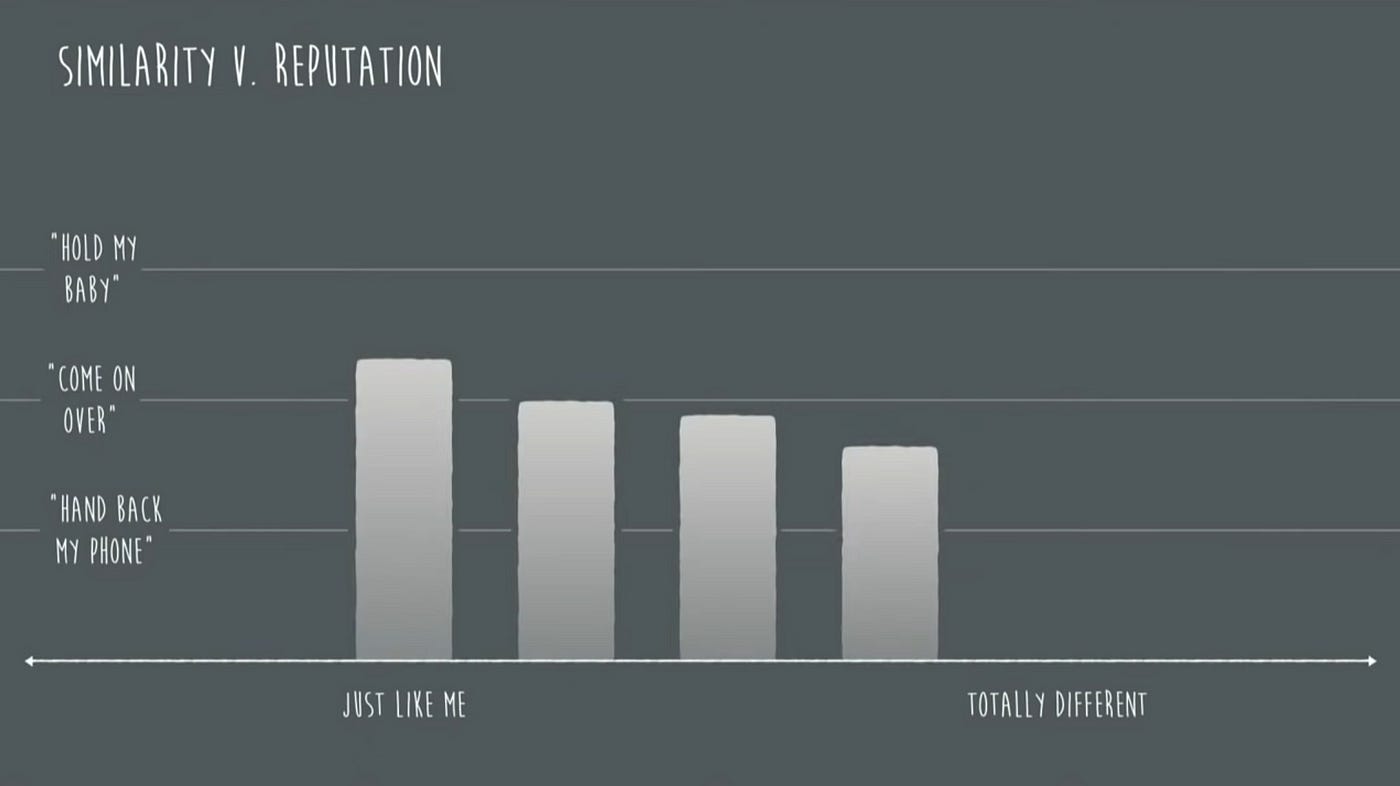
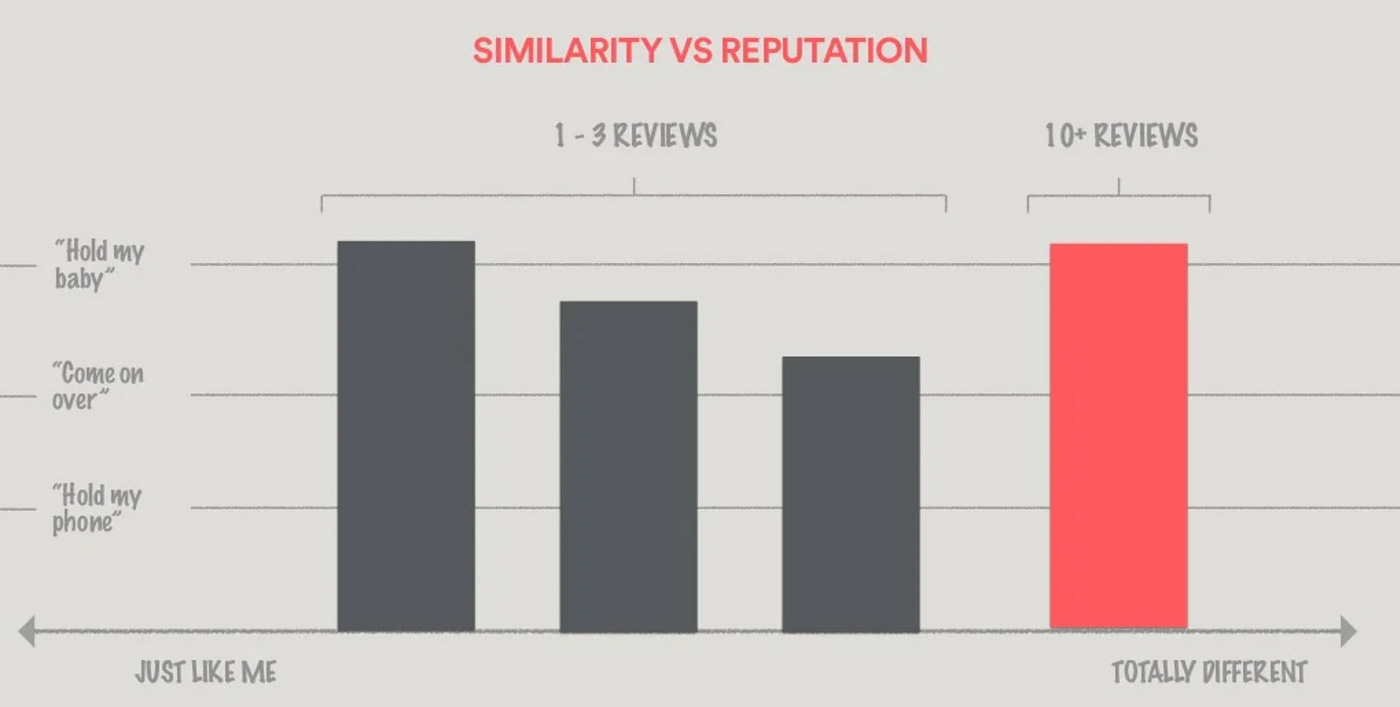



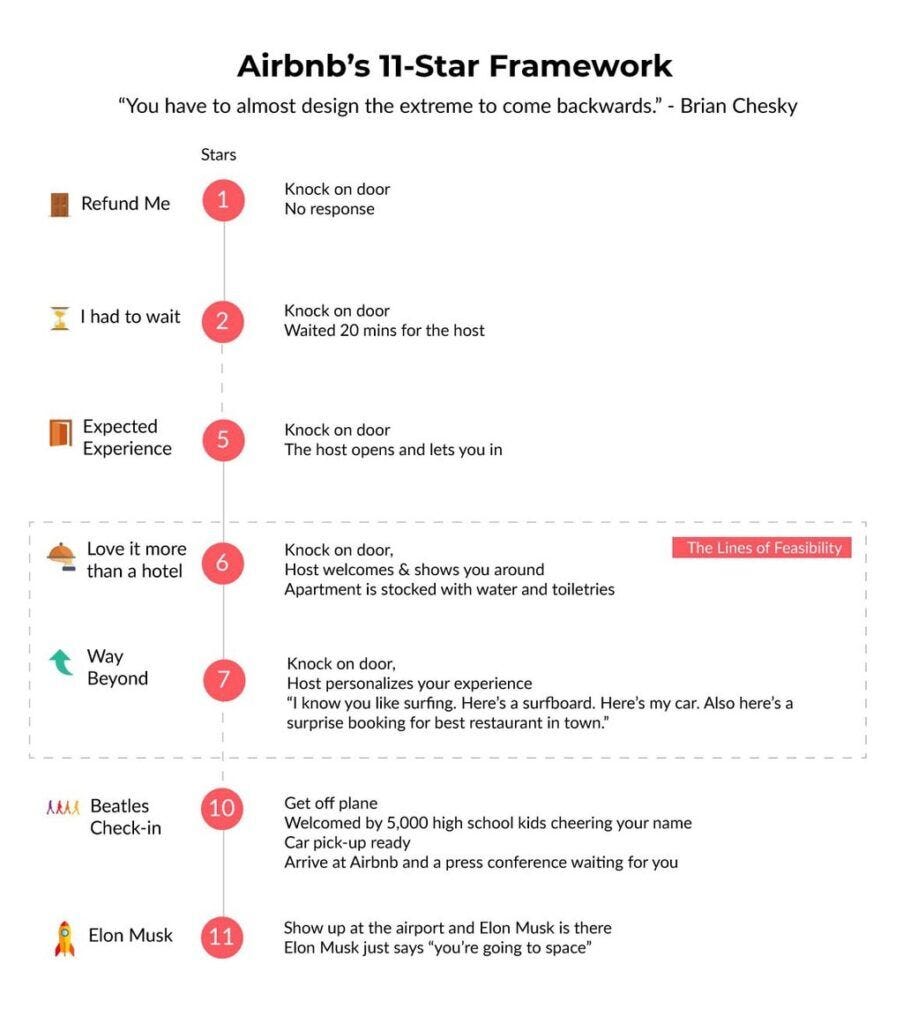

Text box size is a such a great way of hinting expected interactions from a user. Making sure they’re always sized appropriately is super important — I’ve seen so many gigantic fields for one/two sentence answers.
Thanks Felix.